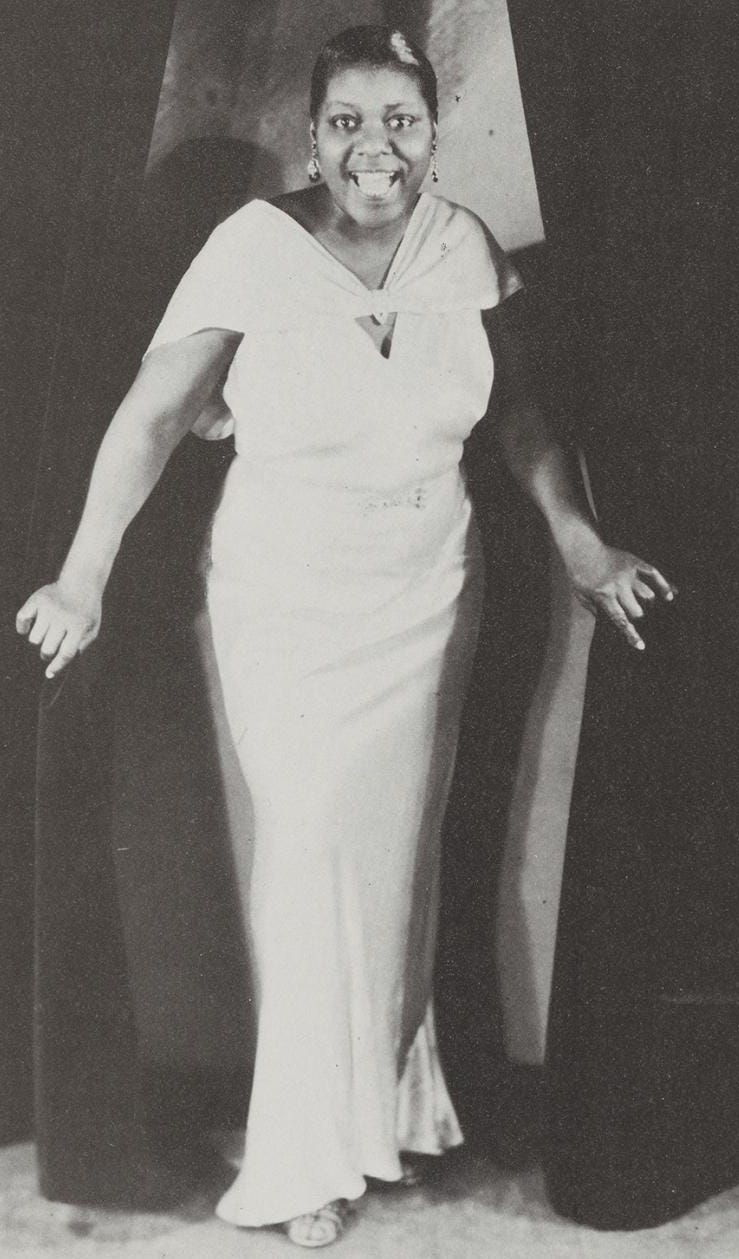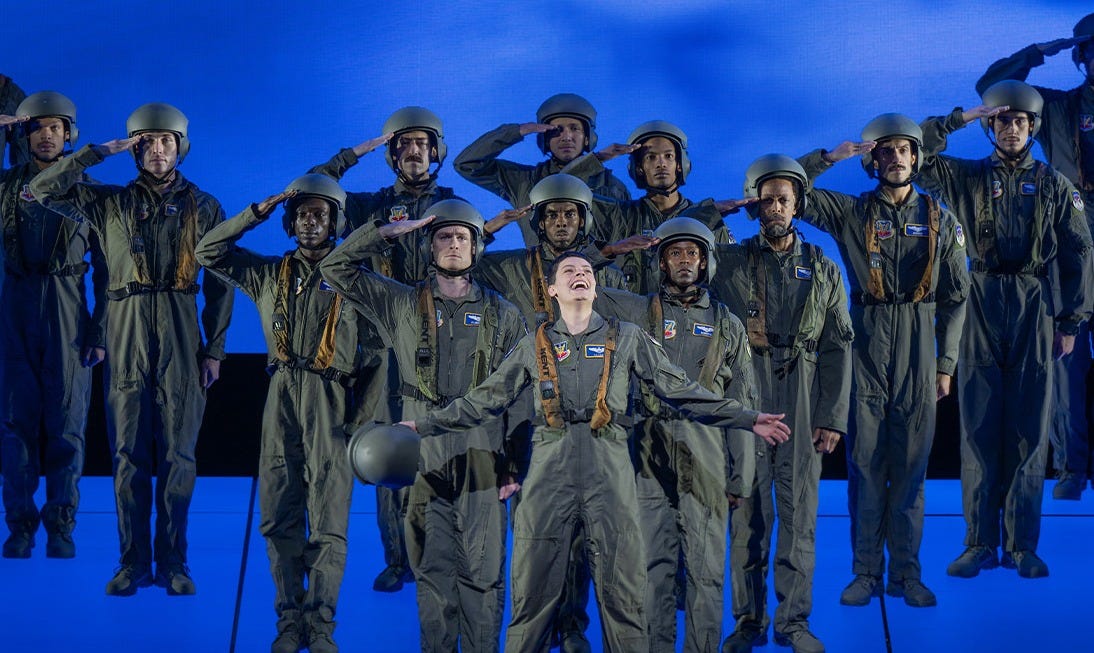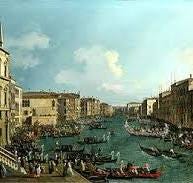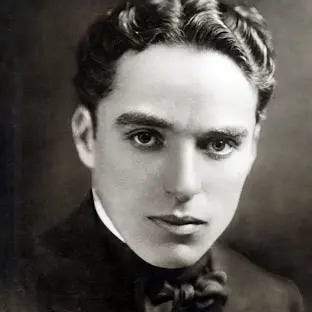Good Morning and Welcome to Ruth Leon’s Theatrewise
Grateful thanks to all of you who sent greetings, cards, and messages. My NY apartment is full of flowers. Truly overwhelming. I had a wonderful birthday dinner with my dearest and oldest friends at a favourite restaurant, sadness for those who weren’t with us this year, and joy for those who were.
There were no “lunatics”, “terrorists”, or “communists” at the table, just hard-working writers, performers and even the odd lawyer and university professor. Epithets like these are now common usage by those who govern us. Characterising people you disagree with by insulting them doesn’t make them agree with you. It just leaves them stunned and frightened. For themselves, for their jobs and for their children.
Inevitably, most of my friends are in the arts and many of them are scared. But, the decimation of their world notwithstanding, they just get on with their work of bringing the arts to their audiences and wait for whatever happens next. Which is what I’m doing here on Ruth Leon’s Theatrewise.
This week’s online fare is bountiful. The brand new opera, Grounded, that opened this year’s Metropolitan Opera season is now available for us to watch via Met Opera On Demand.
I’ve discovered all kinds of fascinating facts about the ‘Empress of the Blues’, Bessie Smith, and I’ve included her only movie appearance in St. Louis Blues of 1929.
The phenomenon that was Charlie Chaplin has a great early story too and here is the most famous scene from his first full-length silent film, The Kid. He directed it himself and it became a worldwide sensation. This clip shows why.
The painter Canaletto’s work is indivisible from our view of Venice. His many ‘vedute’ (views of cities), brought home by young aristocrats on Grand Tours, are how English art lovers in the 18th century experienced a place they’d never been. Here is a film from the National Gallery which discusses Canaletto and his incredible view paintings of Venice by focusing on a single painting,'The Stonemason's Yard', a mysterious and perhaps more unusual Venetian view.
All are available just by clicking on the link beneath the pictures. Nearly all are free to watch.
Bessie Smith – St. Louis Blues 1929
Click here to watch
Bessie Smith was a blues and jazz singer of the Harlem Renaissance who is still known as the ‘Empress of the Blues’.
Elizabeth “Bessie” Smith was the youngest child of seven, born in Chattanooga, Tennessee on April 15, 1895, 130 years ago tomorrow. After her parents died, with no money and no means of support, Bessie began singing on the streets with her guitar-playing brother Andrew. By the age of 14, she was performing in theatres in big cities like Atlanta and Indianapolis and there is a report published in the Indianapolis newspaper The Freedman of her “captivating the audience with her contralto voice” when she was only 14 years old.
Bessie Smith became a star of the Black vaudeville circuits. Her brother Clarence was a comedian and dancer in the Moses Stokes Traveling Show. Bessie was mentored by Ma Rainey, known as the 'Mother of the Blues' who taught her to command an audience and navigate the music business.
By the time she was 24 years old, Bessie Smith was performing as a solo act throughout the United States. In 1923, she signed with Columbia Records. Her first recording was “Down-hearted Blues,” written by blues singer Alberta Hunter and pianist Lovie Austin. That song was a major hit of 1923 and it launched Smith into the national spotlight. From then on, Smith played and recorded with jazz musicians, including Louis Armstrong and Sidney Bechet and she became the highest paid Black entertainer of her time.
Smith's lyrics reflected the hardships of being Black working class by singing about poverty, racism, and sexism as well as love and female sexuality. She was a heavy drinker and had relationships with both men and women. Her personality and life experiences were channelled into her voice.
Despite her success, her end was tragic. On her way home in 1937, she suffered fatal injuries in a car accident in Mississippi. There are various stories about what happened following the accident, one of which is that she was refused treatment at a white hospital but this has been subsequently discredited. She died without regaining consciousness although there is a widely circulated story, probably apocryphal, that her last words were, “I'm going, but I'm going in the name of the Lord.”.
7000 people attended her funeral in Philadelphia. She was buried in an unmarked grave because her estranged husband pocketed the money raised for a gravestone but in 1971 the singer Janis Joplin purchased a headstone for Bessie Smith. It reads “The greatest blues singer in the world will never stop singing.”
Grounded – Met Opera
Click here for Free Trial
When I was here in New York a few months ago, I was lucky enough to attend the opening of Grounded, a brand new opera at the Met, by composer Jeanine Tesori. This exceptional contemporary opera is now available to stream on Met Opera on Demand.
Emily D'Angelo, a young and stunning mezzo-soprano, leads the cast as Jess, a female fighter pilot whose unexpected pregnancy lands her behind the controls of an unmanned Reaper drone, eliminating targets halfway across the globe and balancing the pressures of combat, romance, and motherhood.
New York magazine called D'Angelo "an operatic Maserati". The cast also includes tenor Ben Bliss as the Wyoming rancher who sweeps Jess off her feet.
The most prolific female composer in American theater history, Jeanine Tesori is the two-time Tony Award winner behind a string of Broadway hits in the last two decades. In recent years, she has also turned her attention to opera and made history in 2024 as the first female composer to have a work open a Met season. Grounded, with a libretto by George Brant based on his own play, is that opera.
Music Director Yannick Nézet-Séguin conducts a powerful production by Tony-winner Michael Mayer, who brings the world of high-tech warfare to life with an array of dynamic LED screens.
If you haven’t yet subscribed to Met Opera On Demand this would be a good excuse to do so. It costs $199.99 annually which is a steal when you consider that this gives you an unlimited year of all 900+ Met opera productions online, including many amazing historical productions with legendary singers who are no longer with us. The Met is currently offering a free 7-day trial so check it out.
Canaletto – National Gallery
Click here to watch
Think Venice, especially if you have never been there, and chances are that the view that springs to mind will have been painted by Giovanni Antonio Canal, known as Canaletto. He was born in Venice in October 1697, the son of a theatrical scene painter, and died 257 years ago this week at the age of 71, .
He became very influential, famous for his “vedute”, precisely depicted and evocative views of cities. His work was favoured by English collectors who bought them on their Grand Tours of Europe and he discovered that providing formulaic paintings for tourists was very lucrative. These are highly skilled works, often produced with an organised workshop and usually recording the lavish Venetian public ceremonies, as in 'Regatta on the Grand Canal'. He visited England repeatedly between 1746-56, painting works like 'Eton College'.
But it was Canaletto's early pictures for local patrons that are his most accomplished: these carefully designed, individual, and atmospheric studies which include 'The Stonemason's Yard'.
He made meticulous preparatory drawings and it is believed that he used a camera obscura for topographical accuracy but he always remained concerned with satisfying compositional design, making adjustments to what he saw, improving on the view, rather than slavishly recording it.
In this film from the National Gallery, Associate Curator Francesca Whitlum-Cooper discusses Canaletto and his incredible view paintings of Venice. She focuses on his painting 'The Stonemason's Yard', a mysterious and perhaps more unusual Venetian view.
Charlie Chaplin - The Kid
Click here to watch
When he died, in December, 1977, he was Sir Charles Spencer Chaplin, Knight of the British Empire, but he was born 136 years ago on Thursday as plain Charlie Chaplin in Walworth, South London.
His parents were unsuccessful music hall entertainers and when they separated, Charlie, aged seven, was sent to the Central London District School for paupers, an institution for destitute children, which he remembered as "a forlorn existence". His mother was committed to a mental asylum with psychosis brought on by syphilis and malnutrition, and he and his brother, Sydney, were sent to live with their father who was so violent that he attracted the attention of the National Association of Cruelty to Children. Charles Chaplin Sr was an alcoholic who died of cirrhosis of the liver at the age of 38.
Determined from early childhood to become an actor, Charlie was 10 when he joined a touring clog-dancing troupe and at 14 he found himself a London agent. Even his first theatrical appearance in a tiny part attracted favourable reviews. He made it to the West End as Billy the Pageboy in Sherlock Holmes opposite William Gillett, the first actor to play the great detective.
By the time he was 18, Charlie had become an accomplished comedy performer and he joined his brother Sydney who was appearing with Fred Karno’s Circus. When Karno’s group toured the vaudeville circuit in America, Charlie headed the cast and attracted a lot of attention, being hailed by one critic as, "one of the best pantomime artists ever seen here".
In 1914, while in America for Fred Karno, he signed with Mack Sennett's Keystone Studios at $150 a week, a fortune in those days, and he never looked back. By his second film he had decided on his trademark comic persona, the Tramp. He wrote later, “I wanted everything to be a contradiction: the pants baggy, the coat tight, the hat small and the shoes large ... I added a small moustache, which, I reasoned, would add age without hiding my expression. I had no idea of the character. But the moment I was dressed, the clothes and the makeup made me feel the person he was. I began to know him, and by the time I walked on stage he was fully born.”
Despite numerous fights with his boss, Max Sennett, he persuaded him to allow him to direct his own films by promising that he would pay Sennett $1500 if the films proved unsuccessful. They didn’t. When his contract ended and Sennett refused to raise his salary to $1000 a week, he signed with a rival company which offered him $1250 a week, with a signing bonus of $10,000.
The rest is history. By 1916, aged 27, Chaplin was a global phenomenon. The combination of his talent and his business acumen served to make him an international star. His annual salary from his new company, Mutual, was $670,000 (nearly $20million in today's money), more than almost any other person in the world.
By now, 1919, Chaplin’s popularity meant that he could do anything he wanted and what he wanted was to do more than comedy and to "make his mark on a changed world". For this new venture, Chaplin’s co-star was a four-year-old boy, Jackie Coogan, and the Tramp became the caretaker of a young boy.
Filming on The Kid began in August 1919 and at 68 minutes, it was Chaplin's longest picture to date. Dealing with issues of poverty and parent–child separation, The Kid was one of the earliest films to combine comedy and drama. It was an instant success, and, by 1924, had been screened in over 50 countries. This is its most famous scene, a masterpiece of conception and direction. And, remember, the Kid, Jackie Coogan, was only four years old and Charlie Chaplin was only 29.
I’m delighted that so many of you have responded to my invitation to expand Theatrewise with an illustrated monthly dive into into an arts subject that I don’t have space for in the regular weekly Ruth Leon’s Theatrewise.
Please let me know if you too would like to receive these Backgrounders. And do come back next week to Ruth Leon’s Theatrewise for more arts online.
Every good wish,
Ruth









